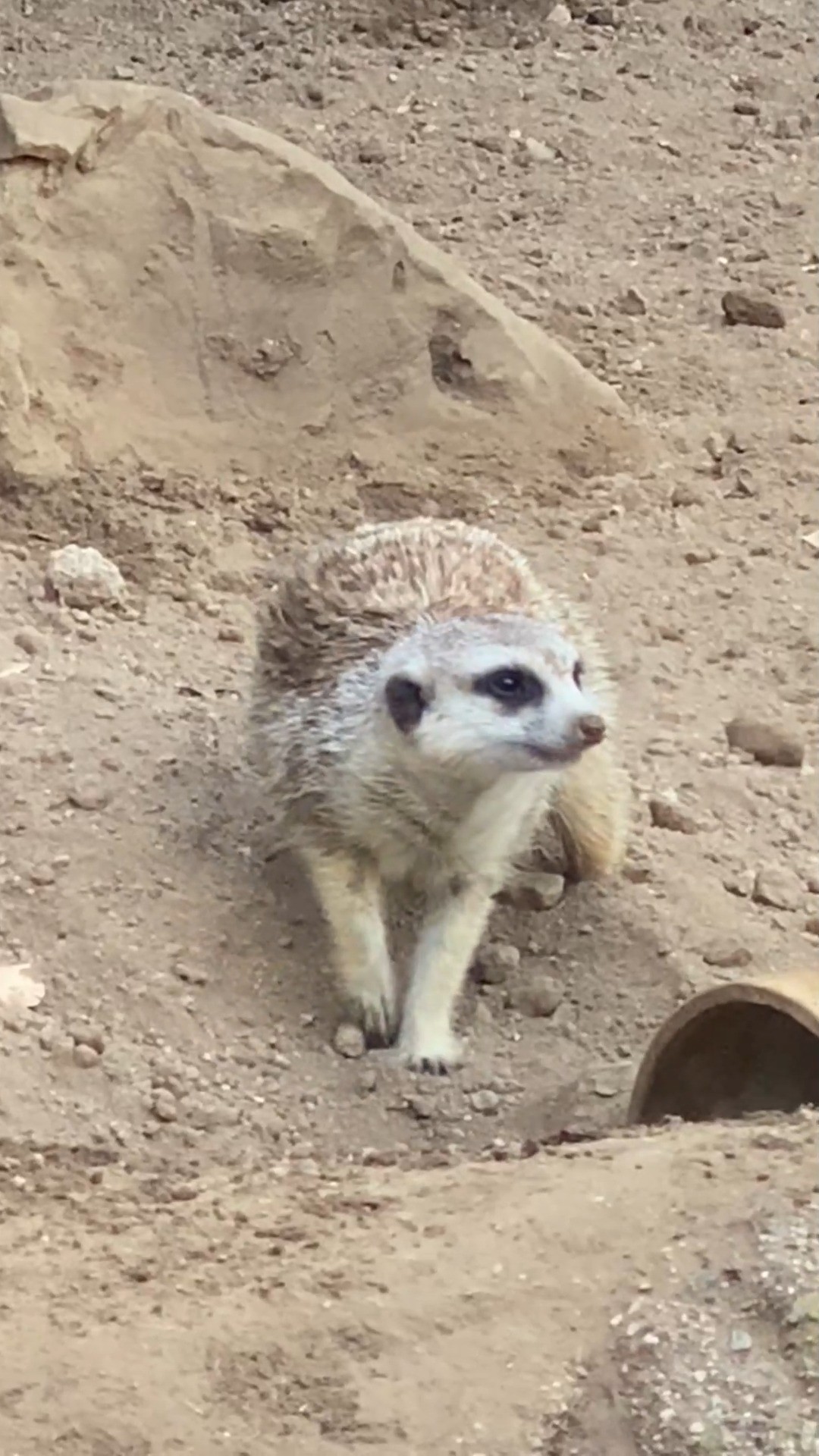- Meerkats have specialized physical adaptations that aid in their survival and are essential for their day-to-day tasks.
- The social structure of meerkat colonies is complex, offering insights into cooperative behavior and role specialization.
- Meerkats inhabit intricate burrow systems, exemplifying their superior digging skills and resource management.
- Understanding meerkats’ natural habitats and feeding habits contributes to effective conservation efforts.
- Human activities impact meerkat populations, highlighting the need for sustainable practices in wildlife conservation.
In the harsh, arid landscapes of the southern African deserts, a tale of survival and evolution unfolds with the fascinating creatures known as meerkats. With long claws designed perfectly for digging and ears that fold back to keep dirt out, meerkats are not just skilled excavators but also social and intelligent mammals. They belong to the mongoose family and are known for their highly organized social structures and cooperative living. These intriguing animals capture the imaginations of wildlife enthusiasts and scientists alike with their intricate behaviors and adaptations.
Physical adaptations are vital for meerkat survival. Their bodies are uniquely fitted for life in the desert. Meerkats possess long, sharp claws that serve as efficient tools for digging. This capability is essential not only for creating extensive burrow systems but also for foraging food. Meerkats have an extraordinary sense of smell, which helps them locate insects and small vertebrates beneath the ground. Moreover, their eyes, surrounded by dark patches, minimize glare from the sun, improving their ability to spot predators and communicate with each other through visual signals. Their ears can close entirely, preventing soil from entering as they dig, an adaptation fine-tuned to their subterranean lifestyle.
Social organization within meerkat communities, often referred to as mobs, clans, or gangs, is a rich area for scientific exploration. Their social structure can be described as a matriarchy, as the dominant female typically leads the group. Roles within the groups are specialized. For example, some meerkats serve as sentinels, standing upright on their hind legs to watch for predators, then emitting alarm calls to warn the others. There are babysitters, who look after young pups while others forage for food. This allocation of duties among individuals in the colony ensures the survival and functioning of the group. Understanding these behaviors provides insight into the cooperative nature of these animals, challenging the traditional presumption that survival in the wild is solely a solitary endeavor.
Burrow systems created by meerkats are intricate and serve multiple purposes. These underground networks are keystones to their existence, offering refuge from predators and extreme weather conditions. Typically, a meerkat burrow will have multiple entrances and can be several meters deep. This design allows for quick escape routes when threats arise. Moreover, these burrows maintain a stable temperature, providing an ideal environment to rear young ones. Research shows that a single meerkat mob can manage many burrow sites, sometimes spread over several miles. This expansive territorial strategy suggests a complex understanding of resource management in these small mammals, optimizing safety and food security.
Examining meerkats’ natural habitats reveals their adaptability to diverse and often hostile environments. Meerkats predominantly inhabit the Kalahari Desert, among other regions in southern Africa. This area is characterized by hot climates and scarce water sources. Meerkats are opportunistic feeders. Their diet mainly consists of insects, but they won’t pass up small mammals, reptiles, or plants when available. Their ability to consume a wide variety of foods ensures they can thrive even in harsh conditions. Meerkats obtain most of their water from the food they eat, such as juicy grubs and larvae, which is crucial for their survival in drought-prone areas.
Human activities pose challenges to meerkat populations. Habitat destruction due to agriculture and urbanization reduces the natural spaces available for meerkats. Additionally, climate change alters the arid ecosystems they call home, affecting food availability and habitat conditions. These challenges necessitate sustainable wildlife management practices. Conservation efforts must focus on preserving natural habitats and mitigating the impacts of human encroachment. Programs that educate communities about the ecological importance of meerkats and promote coexistence can contribute to their protection.
Meerkats symbolize adaptability and community living in the animal kingdom. Their physical and social adaptations ensure their survival in some of the planet’s most unforgiving landscapes. Understanding the detailed workings of meerkat society does not just delight wildlife lovers but also provides crucial insights for scientists and conservationists. As we deepen our understanding of these remarkable animals, we reinforce the case for preserving the rich biodiversity present within our natural world.
*****
Source Description
Meerkats: digging up the dirt on *everything*
Meerkats have long claws perfect for digging and ears that fold back to keep dirt out. They live in intricate burrow systems with multiple levels and exits, and each mob can dig several networks spread across miles.


